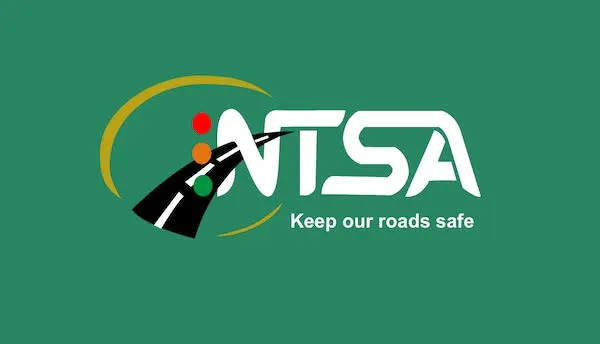The National Transport and Safety Authority is facing mounting scrutiny following revelations that more than 572,000 smart driving licences valued at over Sh176 million remain unprinted despite the full delivery of physical cards.
An audit conducted by the Auditor-General covering the year to June 2024 exposed that while the National Bank of Kenya, the supplier contracted under a Sh2 billion deal signed in 2017, delivered over four million licence cards, NTSA has printed just 1.64 million about one-third of the total order leaving nearly two-thirds idle.
The contract was designed to run for three years, but seven years later, NTSA has not met the target, raising concerns over inefficiency and waste. The bulky stockpile of printed and unprinted cards now sits in NTSA storage, where experts warn the embedded chip technology similar to that used in ATM cards has a shelf life of just five to ten years and risks expiring unused.
The audit also highlighted weakness in NTSA’s distribution mechanism. Even those licences printed have not reached all eligible drivers, with thousands uncollected at Huduma centres.
The shortfall in issuance has affected more than 60 percent of Kenya’s estimated five million drivers, exposing a situation where many may still be relying on outdated or invalid papers.
Drivers themselves have expressed frustration over repeated trips to NTSA offices many say they completed biometrics and paid the full fee of Sh3,050, yet months later have not received their documents.
At the heart of the problem lies operational inefficiencies and procurement mismanagement. The Auditor-General’s 2023-2024 report pointed to NTSA’s failure to implement timely printing, track cards in storage, and manage the contract’s implementation.
As licence backlog continues to impede the transition to smart digital documents, NTSA is under pressure to strengthen its logistics, enhance accountability, and ensure that public investment in the smart DL programme does not go to waste. With the licences nearing potential obsolescence and motorists growing impatient, the window for corrective action is closing swiftly.
Written By Ian Maleve



















